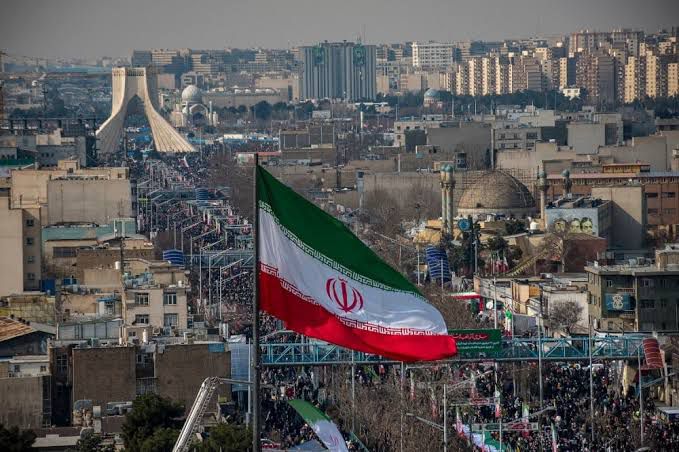The recent US strike on Iran’s nuclear facilities marks a serious escalation in regional tensions and will significantly reshape Iran’s internal and external dynamics. Beyond military implications, this event may fundamentally alter Iran’s political direction, security posture, and foreign alliances. This article explores the full impact of US strike on Iran’s political future, examining how the strike will influence internal politics, military policy, public sentiment, and global alliances.
1. Political Consequences Inside Iran
Rise of Hardliners
The most immediate and visible effect of the US strike is the empowerment of Iran’s hardline political factions. These groups, especially those aligned with the Islamic Revolutionary Guard Corps (IRGC), have long claimed that diplomacy with the West is futile. The strike reinforces their narrative and is likely to shift public and institutional support in their favor.
Future elections, whether for the presidency or parliament, are now expected to feature more military-linked and ideologically rigid candidates. The hope of returning to the 2015 nuclear deal or engaging in diplomacy with the United States has likely been diminished.
Decline of Reformist Influence
Political figures and parties that supported engagement with the West are now politically vulnerable. Their stance, once seen as a path to economic relief and global reintegration, will now be framed as dangerously naive or even disloyal. As a result, reformist participation in government may decline sharply in the coming years.
2. Military and Strategic Shifts
Expansion of Defense Capabilities
In response to the US attack, Iran will likely accelerate its defense initiatives, including:
- Strengthening its underground nuclear and missile facilities
- Expanding its ballistic missile program
- Enhancing drone warfare and cyber capabilities
The strike will justify increased military spending and security controls across the country. The impact of US strike on Iran’s political future includes a permanent strategic pivot toward deterrence and self-reliance.
Strengthening Military Alliances
Iran will look to deepen ties with Russia and China, both diplomatically and militarily. This may include joint exercises, arms deals, and strategic agreements aimed at countering Western influence in the region.
This alignment will not only impact Iran’s immediate military doctrine but may also lead to a longer-term strategic block involving Eurasian powers and anti-Western states.
3. Regional Instability and Proxy Warfare
Iran has historically responded to pressure through asymmetrical means, often via its regional allies and militias. Following the US strike, Iran may activate:
- Hezbollah in Lebanon
- Shia militias in Iraq and Syria
- Houthi forces in Yemen
These proxy forces may target US interests, military bases, and allies such as Israel. This indirect confrontation could escalate into a broader regional conflict if not checked diplomatically.
The impact of US strike on Iran’s political future will include a more aggressive foreign policy executed through unconventional and deniable methods.
4. Economic and Public Repercussions
Tightening of Sanctions
New sanctions are likely to follow the strike, particularly targeting Iran’s energy exports, financial systems, and foreign reserves. These will worsen inflation, unemployment, and shortages, further straining the Iranian economy.
Rising Public Discontent
While national pride may initially suppress dissent, long-term economic suffering could fuel domestic unrest. Public protests, which Iran has faced in recent years, could return with greater intensity if the government fails to mitigate the economic consequences of renewed conflict.
5. Long-Term Strategic Outlook
Over the next few years, Iran’s political structure may harden into a fully militarized, security-dominated state with limited space for political diversity or civil liberties. The foreign policy will become increasingly eastward-focused, favoring Russia, China, and possibly other non-aligned nations.
The impact of US strike on Iran’s political future may also include renewed interest in developing nuclear weapons as a means of ultimate deterrence.
Conclusion
The US strike on Iran has done more than destroy infrastructure. It has likely triggered a historic shift in Iran’s domestic politics, international orientation, and long-term strategic goals. Iran is poised to become more isolationist, militarized, and resistant to Western engagement. While the military action was short-lived, its political aftershocks will define Iran’s trajectory for years to come.
Check More:

